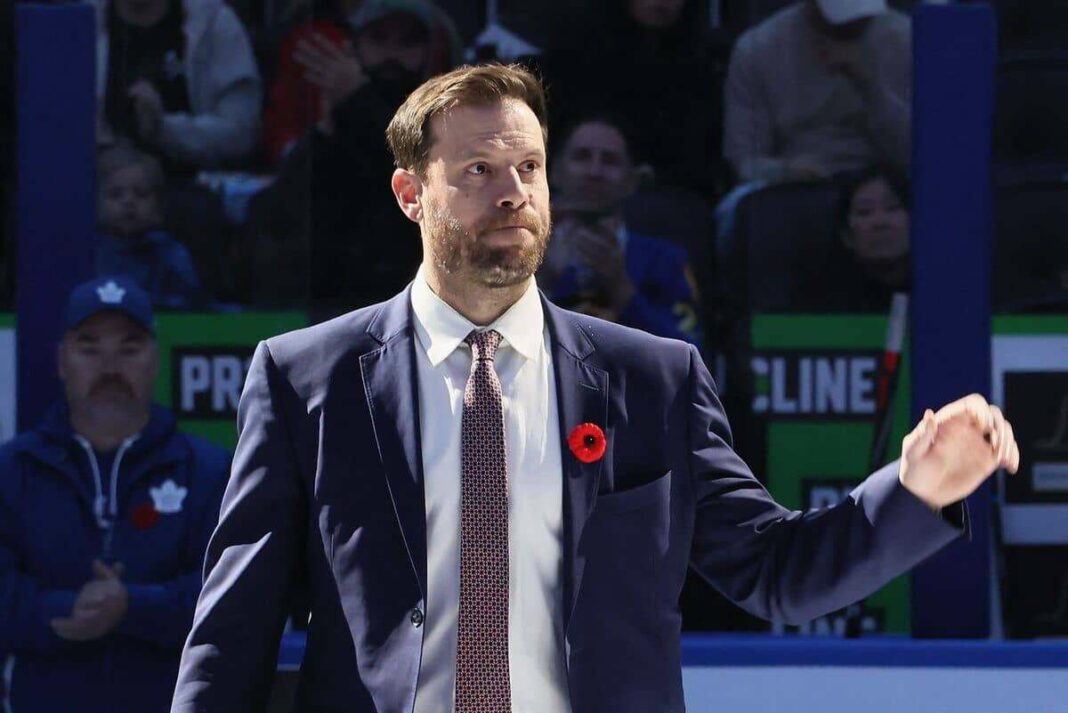Phantom contracts in the NHL, exemplified by players like Datsyuk, Hossa, and Weber, reflect a troubling trend of financial manipulation among teams. Sports agent Allain Roy calls for stricter regulations to address these “dead” contracts, which undermine competitive integrity and reduce earnings for active players. He advocates for raising the salary floor to encourage investment in active rosters, as the looming salary cap increase could exacerbate existing issues, threatening the league’s competitive balance.
Understanding “Phantom” Contracts in the NHL
Pavel Datsyuk, Marian Hossa, and Shea Weber are notable names that have been traded despite their unofficial retirement, a move that serves primarily to balance the financial spreadsheets of National Hockey League (NHL) teams. These so-called “dead” or “phantom” contracts highlight a concerning trend in the NHL, which has increasingly become an accounting-focused league over the past decade.
The Call for Action on Dead Contracts
Allain Roy, a prominent sports agent, believes it’s high time to tackle the issue of these dead contracts head-on. “Teams acquire dead contracts to meet the salary floor,” he states during a phone conversation. “We need more stringent regulations in the next collective bargaining agreement. This situation requires solutions, as it directly impacts the quality of the game.”
The former Arizona Coyotes have been at the forefront of this issue, opting to inflate their payroll artificially instead of investing in active players, often acquiring contracts of players who are sidelined for the season. The existence of these phantom contracts is somewhat of an embarrassment to the NHL, revealing a loophole in the collective agreement that is being exploited rather than redirected towards enhancing the fan experience.
Moreover, from the perspective of agents like Roy, this practice also means less financial reward for active players. The potential for the situation to worsen looms large with predictions of a significant increase in the salary cap over the next few years, expected to rise from $88 million to $113.5 million by the 2027-2028 season.
Roy expresses concern, saying, “There are teams that might establish internal budgets, which could lead to problems if they consciously decide to remain below the cap.” Teams with limited financial resources may hesitate to reach the new cap, especially during rebuilding phases, raising questions about the competitive balance within the league.
“This uncertainty is unsettling,” Roy adds, representing players like Kaiden Guhle, Jakub Dobes, and Dylan Cozens. “If teams start to cap their spending at $90 million, it undermines the league’s competitiveness.”
A straightforward solution would be to adjust the salary floor closer to the cap. Currently, the floor stands at $65 million, a significant $23 million below the existing cap of $88 million. By narrowing this gap, teams would be compelled to invest more in player salaries.
Roy suggests, “If I were involved with the union, I would advocate for a higher salary floor. Although the league hasn’t released future projections for the floor, I anticipate it will increase, but it must also be more closely aligned with the cap.”
Finally, it’s imperative to address the issue of dead contracts decisively. It’s time to exorcise these financial ghosts from the NHL, as players like Weber show no intention of returning to the ice.
